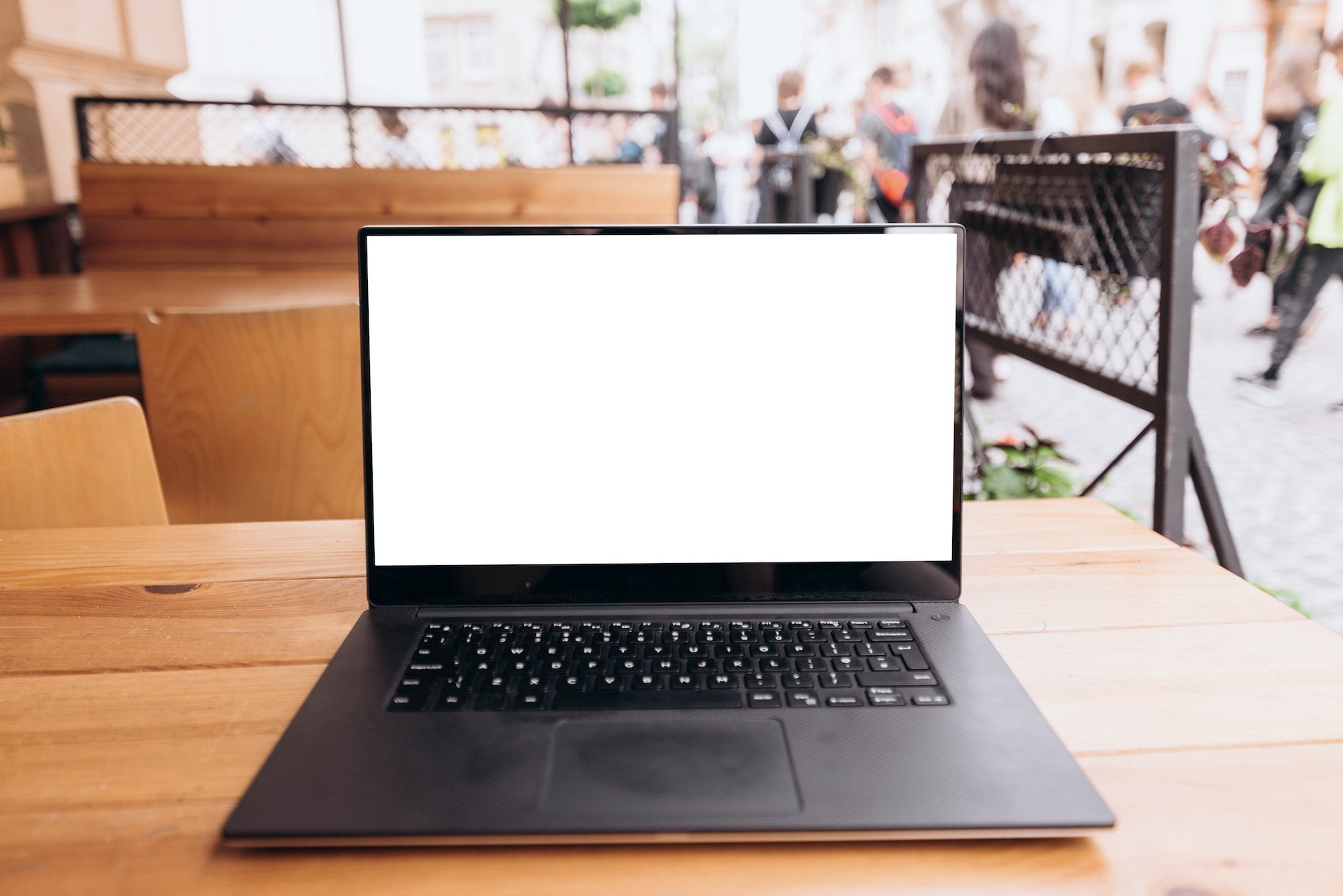A laptop is an essential tool for many people, whether it’s for work, school, or personal use. But when your laptop starts running slow, it can be frustrating trying to get anything done. In this article, we’ll give you some tips on how to speed up your laptop so you can get back to being productive.
Defragment your hard drive
One of the best ways to speed up your laptop is to defragment your hard drive. Over time, as you add and remove files, your hard drive can become fragmented, which can slow down your computer. By defragmenting your hard drive, you can improve its performance and speed up your laptop.
To defragment your hard drive, open the Start menu and search for “Disk Defragmenter”. Select the “Disk Defragmenter” program and run it. Once it starts, select your main hard drive (usually labeled as “C:”) and click “Analyze”. If the program finds that your hard drive is fragmented, click “Defragment Disk” to start the process. Depending on the size of your hard drive and the level of fragmentation, this process can take a few minutes to a few hours.
Update your operating system and drivers
If your laptop is running slow, one of the first things you should do is update your operating system and drivers. Outdated software can cause all sorts of problems, including performance issues. So make sure you’re running the latest version of your operating system, and have the most recent drivers for your hardware.
You can usually find updates for your operating system and drivers through your laptop’s support website or the manufacturer’s website. Just be sure to download and install them properly, following any instructions provided. And remember to back up your data before updating anything, just in case something goes wrong.
Add more RAM
If your laptop is running slowly, one of the best ways to speed it up is by adding more RAM. This will help your laptop to process information more quickly and improve its overall performance. You can take your laptop to a computer repairs service provider to buy and have your RAM increased.
There are a few things to keep in mind when adding RAM to your laptop. First, make sure that you purchase the correct type of RAM for your laptop. Second, ensure that you have enough space in your laptop to accommodate the new RAM. And finally, be sure to follow the instructions carefully when installing the new RAM in order to avoid damaging your laptop.
With these tips in mind, adding RAM to your laptop should be a relatively easy and straightforward process that can significantly improve its performance.
Check for malware
One of the main reasons why laptops can slow down over time is because of malware. Malware can sneak onto your system without you even knowing it, and once it’s there, it can start causing all sorts of problems. If you think your laptop might be infected with malware, run a scan with a good anti-malware program to see if anything comes up. If it does, get rid of the malware and then see if that speeds up your laptop.
Run a disk cleanup
If your laptop is running slower than usual, one of the first things you can do is run a disk cleanup. This will remove any temporary files and junk data that’s been accumulating on your hard drive, freeing up space and potentially speeding up your laptop.
To do a disk cleanup in Windows, open the “Disk Cleanup” tool from the Start menu. Select the drive you want to clean up and click “OK”. Disk Cleanup will scan your drive and give you a list of files it thinks are safe to delete; check the boxes next to the types of files you want to remove and click “OK”.
If you’re not sure what some of the file types are, you can research them online before deleting them. Or, if you’d rather not mess with it yourself, you can use a PC cleaning program like CCleaner to automatically handle disk cleanup for you.
Reduce the number of startup programs
If your laptop is running slowly, one of the first things you can do to speed it up is to reduce the number of startup programs. This will help your computer start faster and free up resources that are being used by unnecessary programs.
To disable startup programs, open the Task Manager and click on the Startup tab. From here, you can select the programs you don’t want to run at startup and click Disable. You can also use a startup manager program to help you manage your startup items.
Conclusion
A laptop that starts slow can be frustrating, but thankfully there are a few things you can do to help speed it up. By following the tips in this article, you should see a significant improvement in your laptop’s speed and performance. If you’re still having trouble, consider taking your laptop to a professional for a more thorough diagnosis and repair.




